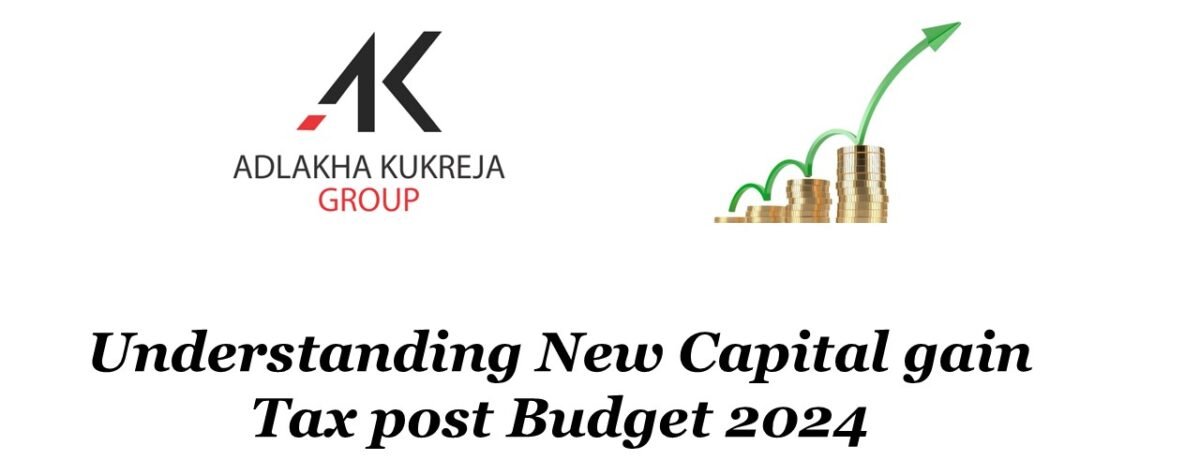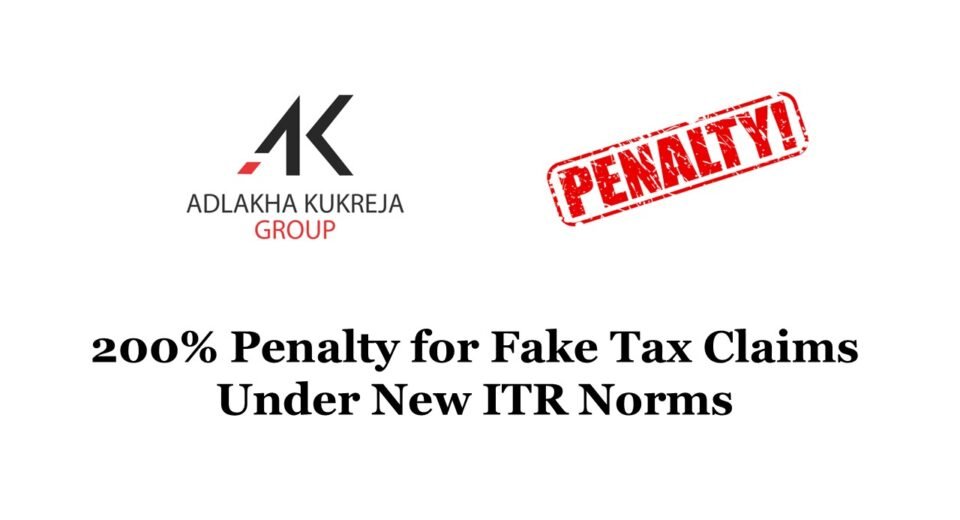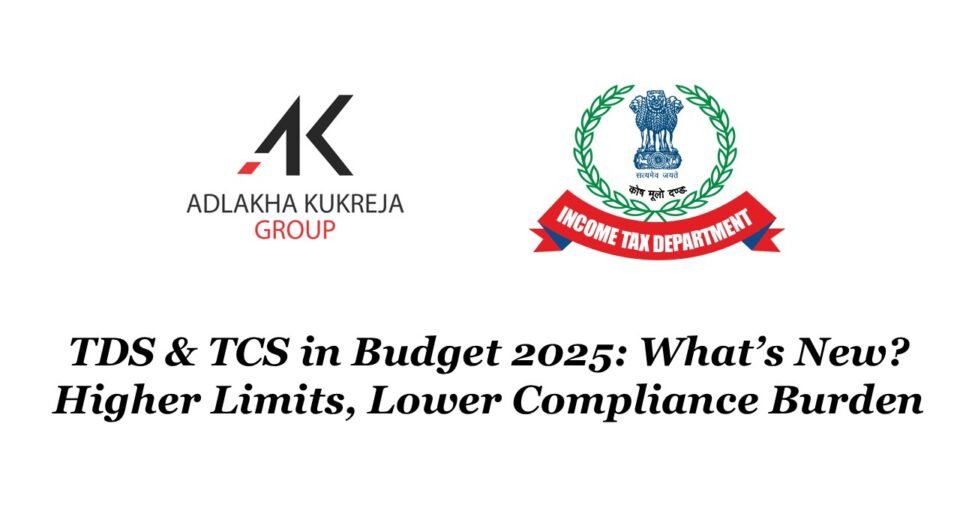
Last date to file ITR-U for AY 2022-23 is 31.03.2025
August 2, 2024
LLP vs Company: Which is Better for Ease of Doing Business in India?
November 19, 2024Understanding New Capital Gain Tax Post Budget 2024 is crucial for investors and taxpayers alike. The recent changes introduced in the Budget 2024 have significant implications on how capital gains are taxed. By delving into the nuances of the Understanding New Capital Gain Tax Post Budget 2024, individuals can better navigate their financial planning and investment strategies. This blog aims to provide a comprehensive overview of the Understanding New Capital Gain Tax Post Budget 2024, highlighting key changes and their potential impact. Stay tuned as we explore the intricacies of the Understanding New Capital Gain Tax Post Budget 2024 and what it means for you. Read on to uncover all the details in this blog. These amendments would be applicable for transactions occurring after 23rd July 2024.
Harmonization of Long-Term Capital Gains (LTCG) Tax Rates
Budget 2024 has sought unification of LTCG tax rates. Previously, the rates varied depending on the asset class, but now a flat rate of 12.5% applies across the board. This simplification, however, comes with the removal of indexation benefits, which previously allowed taxpayers to adjust the purchase price of an asset for inflation, potentially reducing the taxable gain.
However, it is to be noted that government has announced options to choose either a 20% tax with indexation or a 12.5% tax without indexation. It depends on the situation as to whether option will be allowed.
| Particulars | Whether Indexation is allowed | Tax Rate |
| Assets – Land and building only | Yes | 20% |
| Individual and HUFs | Yes | 20% |
| Properties purchased by Firms, Companies, Associations etc. | No | 12.5% |
| For Residents | Yes | 20% |
| For NRI | No | 12.5% |
Example: Mr. C bought a house in 2010 for INR 50 lakhs. In 2024, he sells it for INR 1 crore. If he opts for the 20% tax rate with indexation, his indexed purchase price might be around INR 80 lakhs, leading to a taxable gain of INR 20 lakhs and a tax liability of INR 4 lakhs. Assuming he is resident, then he will have option of choosing the 12.5% rate without indexation would result in a taxable gain of INR 50 lakhs and a tax liability of INR 6.25 lakhs. Thus, the former option would be more beneficial for Mr. C.
- Revised Holding Periods
Budget 2024 has also streamlined the holding periods for determining the nature of capital gains. Listed securities are now considered long-term if held for 12 months, while other assets require a holding period of 24 months. Thus, listed shares held for a period of more than 12 months will be considered long-term. This change aims to simplify the classification process for investors.
Example: Ms. B holds shares in a company that she purchased in January 2023. If she decides to sell them in February 2024, her gains will be considered short-term and taxed at her income tax slab rate. However, if she waits until January 2025, her gains will qualify as long-term and be taxed at the new flat rate of 12.5%.
- Increased Exemption Limit and STT rates
Long Term Capital Gain exemption on equity-oriented mutual funds and Equity Shares raised from ₹ 1 lakh to ₹ 1.25 Lakh annually. Securities Transaction Tax (STT) on Futures and options increased to 0.2% and 0.1% respectively.
Let’s look at the scenario with the help of a summarized chart:
| Earlier STCG | Now STCG | Earlier LTCG | Now LTCG | |
| Listed Assets | ||||
| Listed equity shares (STT paid), Equity Mutual Funds, REITs/ InVITs | 15% | 20% | 10% | 12.5% |
| Debt & non-equity MFs | 15% | 20% | 10% | 12.5% |
| Bonds (Listed) | 15% | 20% | 10% without indexation | 12.5% |
| Equity FoFs, Gold/Silver ETF, Overseas FoFs, Gold Funds | Slab Rate | Slab Rate | Slab Rate | 12.5% |
| Unlisted Assets | ||||
| Real Estate (Physical) | Slab Rate | Slab Rate | 20% with indexation | 12.5% without indexation** |
| Bonds (Unlisted) | Slab Rate | Slab Rate | Slab Rate | Slab Rate |
| Physical Gold | Slab Rate | Slab Rate | 20% | 12.5% |
**Please refer big relief when there is option given to choose between 20% tax with indexation and 12.5% without indexation.
Final Thoughts
The Union Budget 2024’s capital gains tax revisions present both challenges and opportunities. Taxpayers must carefully evaluate their positions to make informed decisions. The option to choose between two tax rates for LTCG on property is a welcome relief that provides much-needed flexibility. As always, consulting with a tax professional can help navigate these changes effectively.
You can always visit our website www.akcoindia.com/blog for reading such important information. And if you feel you need any assistance then you may just mail us at contact@akcoindia.com.
You may find our other blogs below:
Who should file an Income Tax Return (ITR)?: Click here
Old Tax Regime vs New Tax Regime: Click here
Key Highlights of Union Budget 2024: Click here
Source Info: https://incometax.gov.in/




